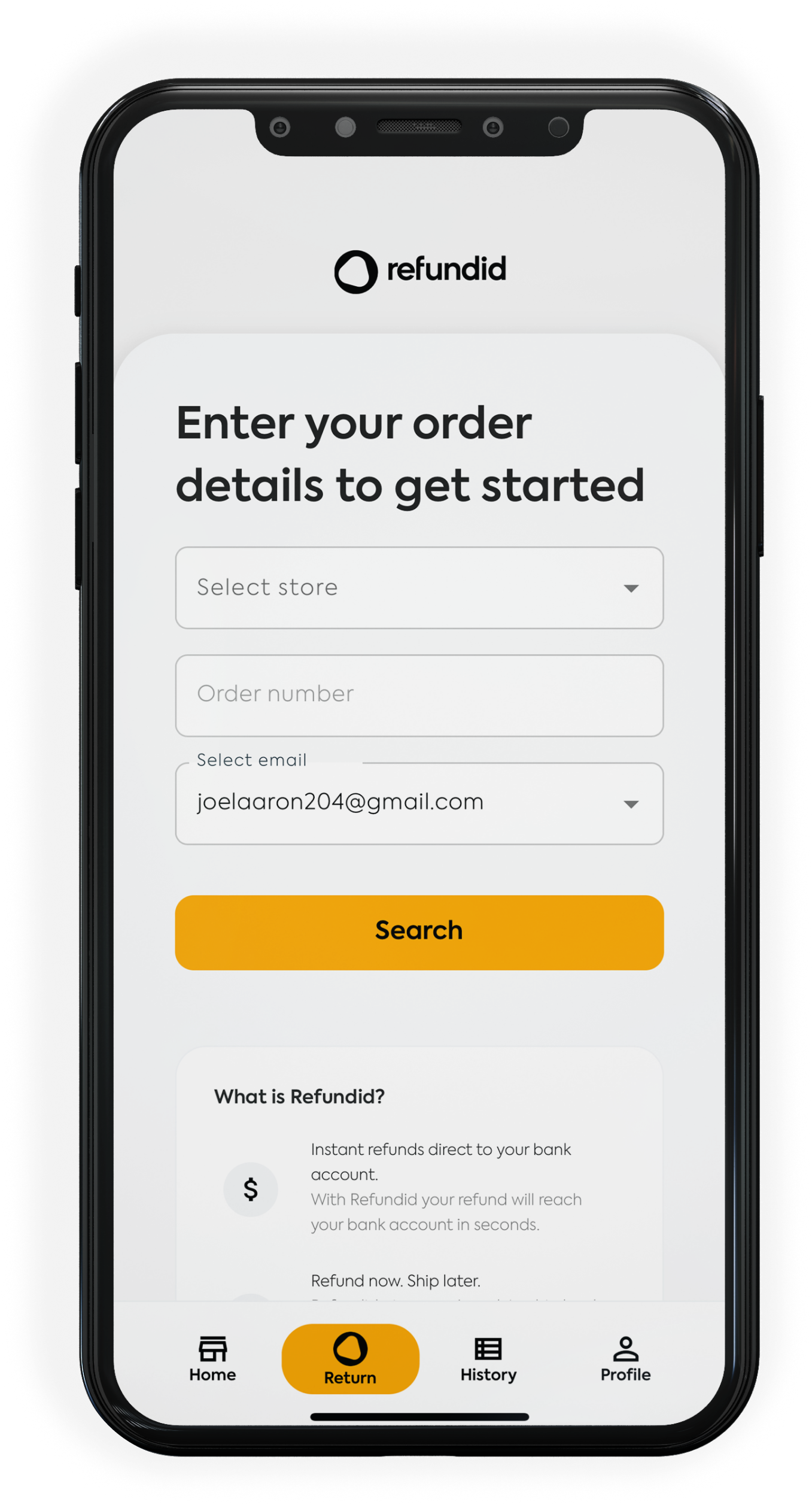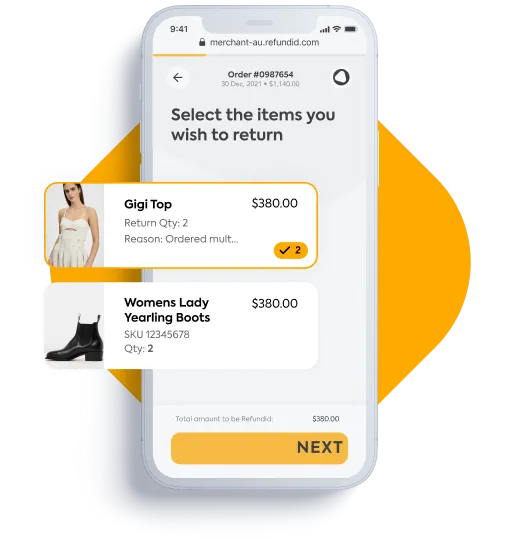Returns are part of every online store. In 2025, the way you handle them can make the difference between a frustrated customer and one who comes back again and again. The key is not to overengineer. If you are just starting out, you don’t need a complex system. If you grow, your needs will naturally change, and that’s when you should level up.
Start simple with Shopify Self-Serve Returns
Since February 2023, Shopify now gives merchants a free option called Self-Serve Returns. It is built into Shopify itself and allows customers to request returns directly from their account pages. You can review those requests in your admin, approve or decline them, and provide basic instructions or a return label if you choose. For small stores that are only processing the occasional return, this is more than enough. It costs nothing extra, it is easy to set up, and it saves you from managing returns over email or chat.
Of course, Self-Serve Returns has limits. It doesn’t integrate deeply with your 3rd party systems, or carriers to automatically generate labels. It doesn’t give you advanced policy controls, such as blocking specific non-refundable items or offering special bonuses for customers who take store credit instead of cash back. It also doesn’t support more advanced flows like instant exchanges or instant refunds. If your business is small, those gaps won’t matter, you can afford to do things manually still if need be. But as you grow, they will.
When to move beyond Shopify’s built-in option
The point at which Self-Serve Returns stops being enough is usually when volume increases. If you are suddenly managing dozens or hundreds of returns each month, approving requests one by one becomes a full-time job. If you start selling internationally, you will quickly see the need for carrier integrations and automated label creation. If your product catalog expands, you will likely need a rule engine to manage exceptions and non-returnable items. And as your customer base matures, they will expect fast exchanges and refunds, not long delays while you manually approve and process each case.
This is when you should start looking at dedicated returns management platforms. They give you branded return portals that feel like part of your own store. They integrate with multiple carriers so labels are created instantly. They give you dashboards to see trends in your returns and identify problem products. Most importantly, they let you deliver a better experience to customers by making the process quick, predictable, and fair.
Why Refundid is built for scale
Refundid Returns and Exchanges is designed to handle the point when Shopify’s Self-Serve Returns no longer works for you. We integrate directly with carriers to generate labels, we give you complex rule systems so you can define exactly how your returns work, and we support features like Instant Exchanges and Instant Refunds to keep your customers happy and coming back. Unlike Shopify’s self-serve tool, which leaves you on your own if issues arise, Refundid provides immediate support to all our clients. That means you can trust your returns are managed smoothly, even as your business grows.
Keep it simple until you need more
The right approach to Shopify returns in 2025 is not to start with the most complicated solution. Start with what’s free and built in. Learn how often customers are returning, what kinds of requests you’re dealing with, and how much time it takes. As you grow, upgrade when the pain points show up. That way you avoid wasting time and money on tools you don’t need yet, while still being ready to scale when you do.





.avif)

.avif)

.avif)


















.png)
.png)





